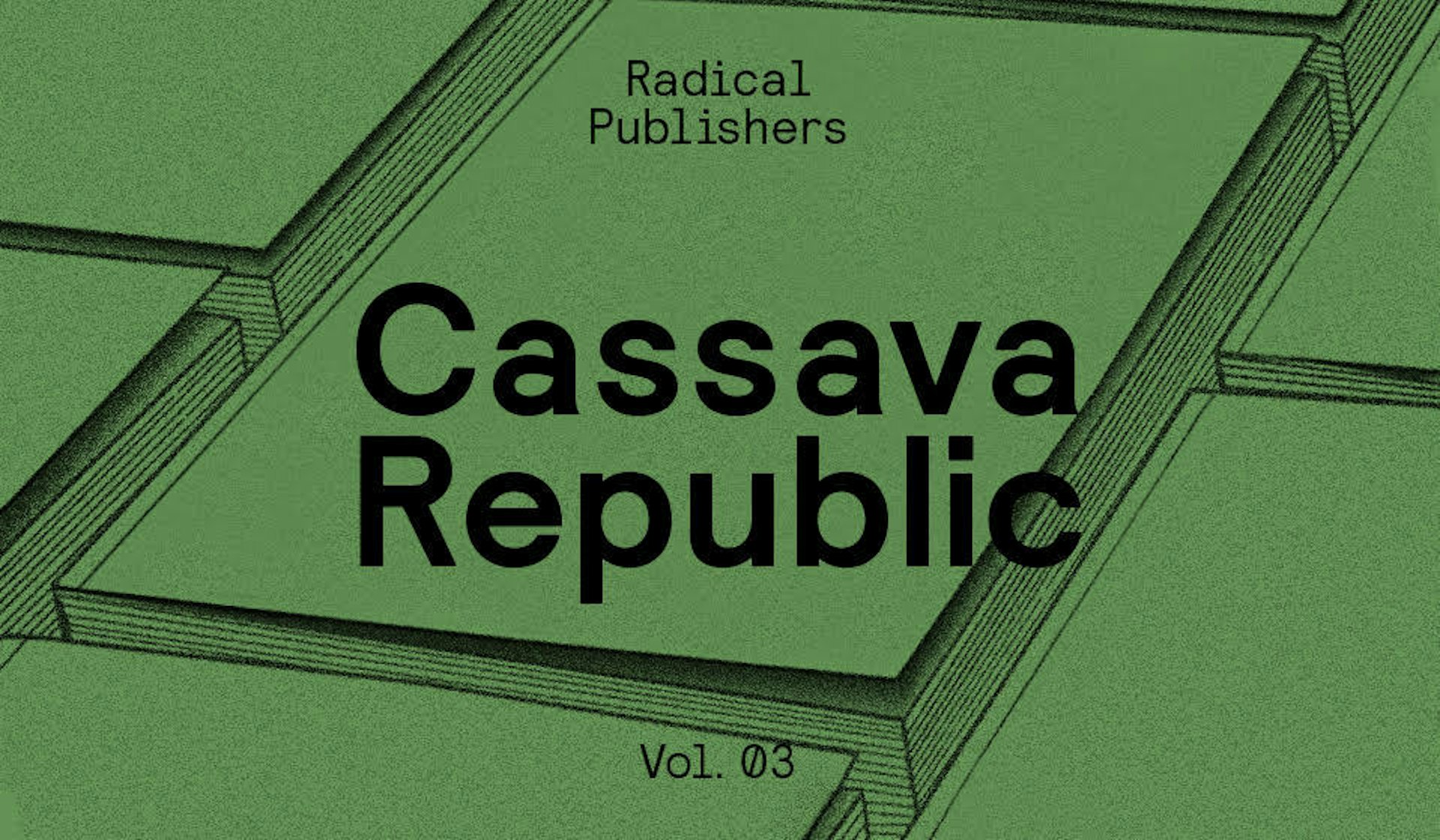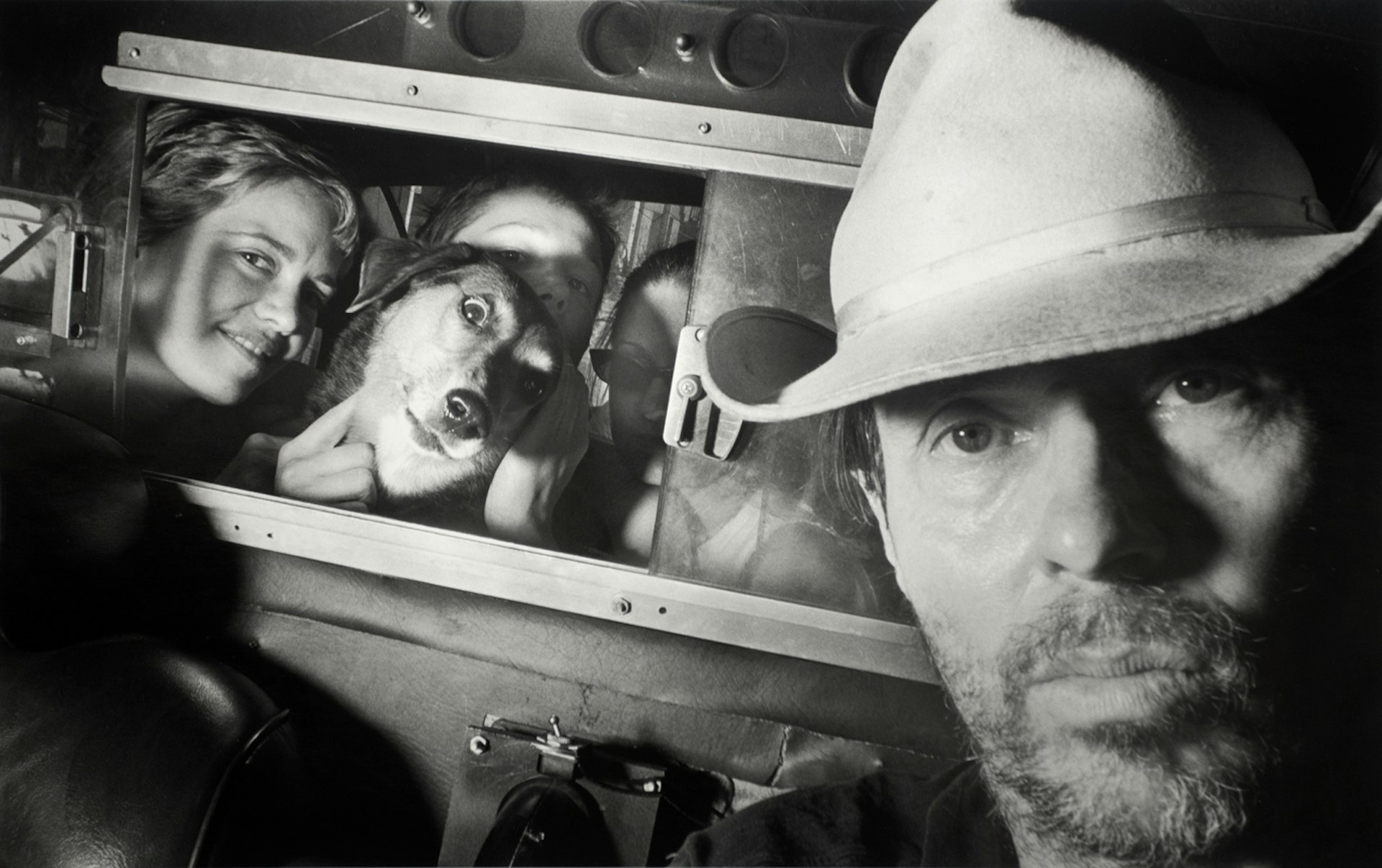
A cab driver captures 30 years of New York after dark
- Text by Miss Rosen
- Photography by Ryan Weideman, courtesy Bruce Silverstein Gallery, New York
Back in 1978, while living in Oakland, photographer Ryan Weideman saw Midnight Express, a nerve-wracking film that tells the true story of Billy Hayes – a young American who, after being caught smuggling hashish, escapes from a Turkish jail and lives to tell the tale.
“I thought, ‘If this guy can go through that, I am ready for New York!” Weideman says with a laugh.
1970s Manhattan was an outlaw town riddled with violence and crime. It became a magnet for fearless spirits who lived life on their own terms. Although Weideman had taken visual cues from film noir throughout his life, it was the work of photographers William Klein, Diane Arbus, Joel Meyerowitz and Robert Frank that made him aware that something spectacular was happening in New York.
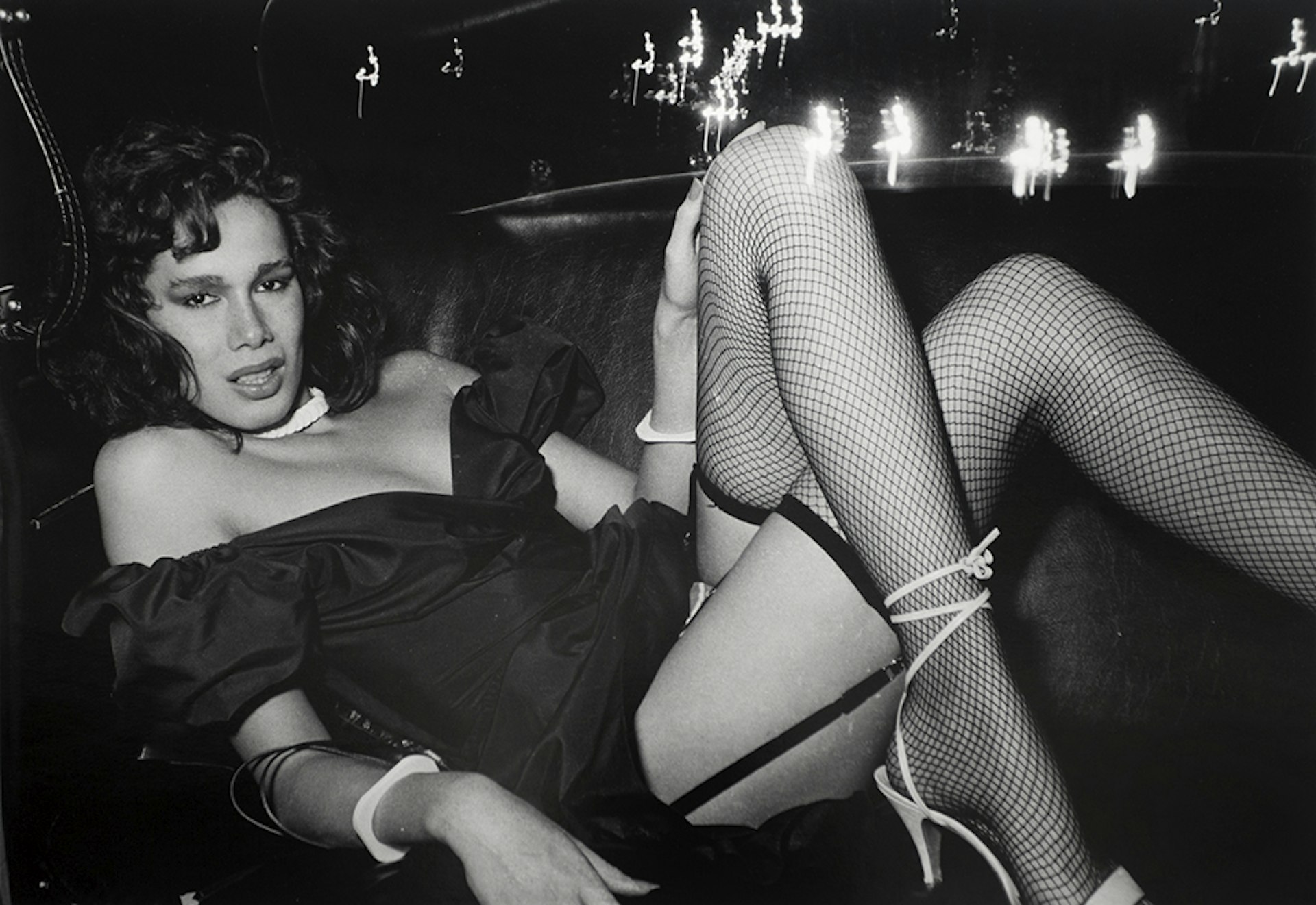
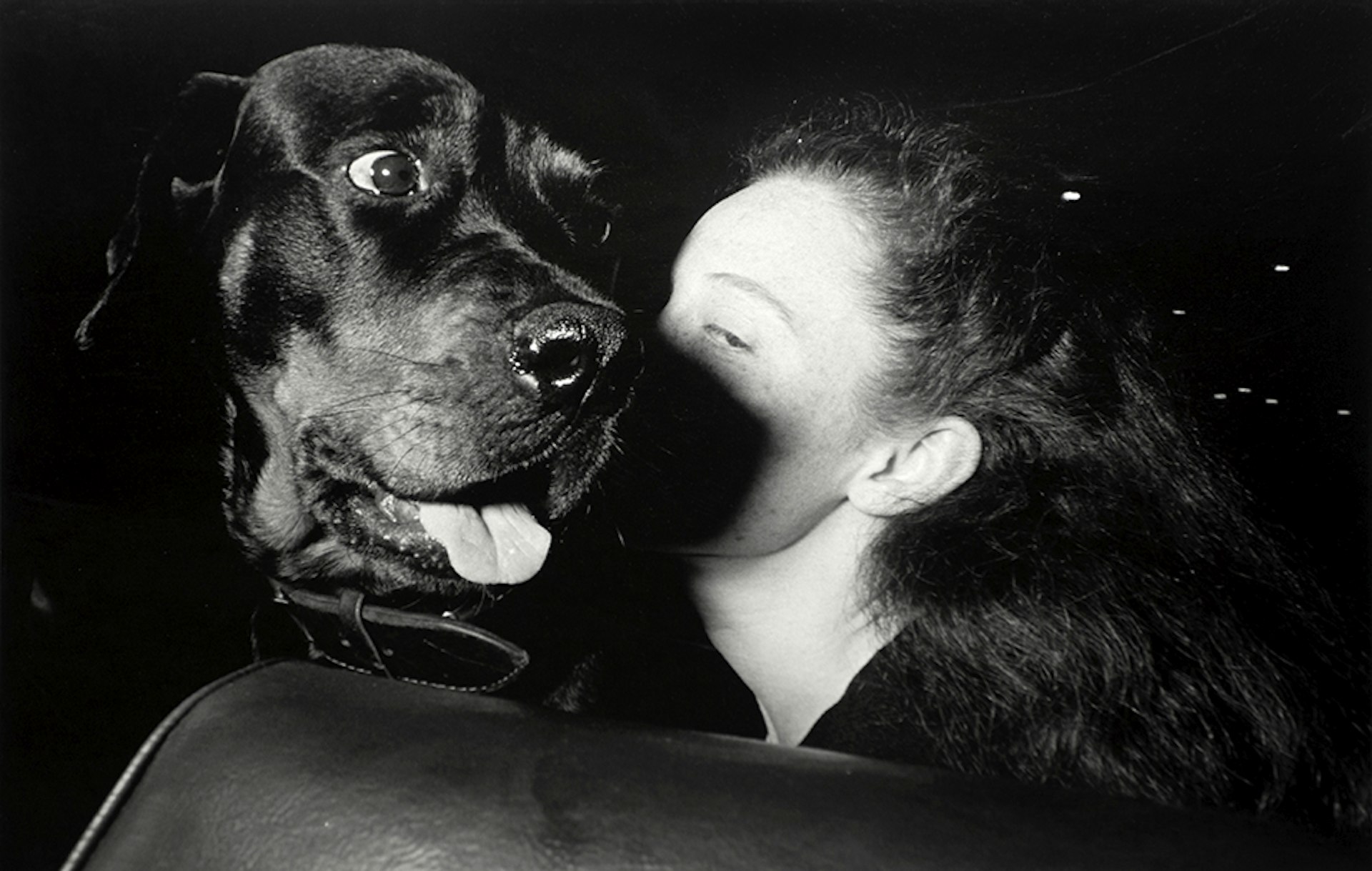
“I had to find out what that was all about and see what I could do,” Weideman explains. “I wasn’t interested in visiting – I wanted to pack it up and go live.”
He arrived in 1980, ready for adventure. After living with a friend for the first month and a half, Weideman found a 200-square-foot apartment in Times Square when ‘The Deuce’, as it was nicknamed, was home to pushers and prostitutes, sex palaces and porn theatres, hustlers and three-card monte dealers. “It was the spot for me to be,” he remembers, his voice alive with excitement.
Weideman was unsure of how he’d pay the rent until his neighbour, a cab driver, took him on a ride one night. He was instantly hooked and quickly started working the nightshift: from 5pm to 5am.
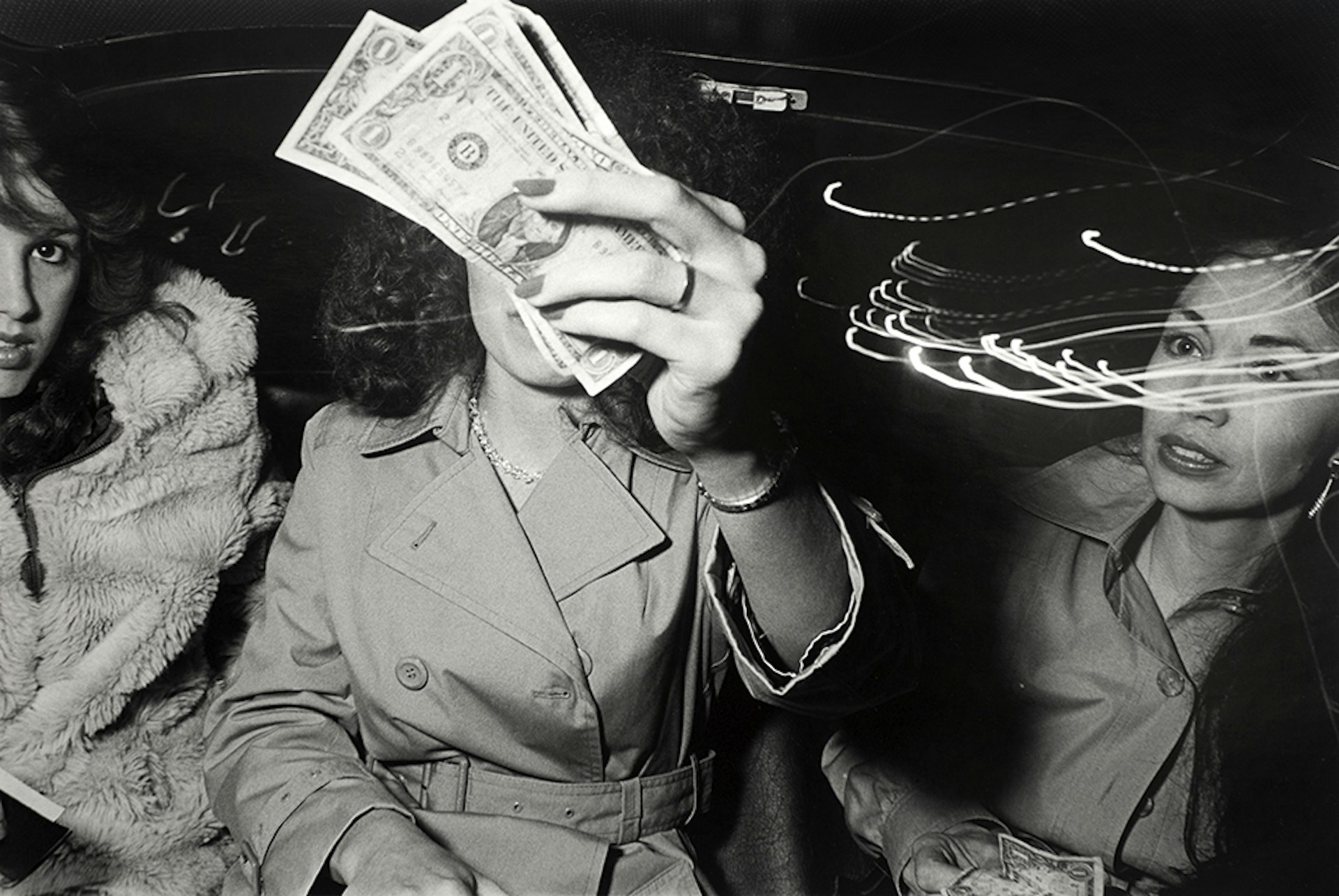
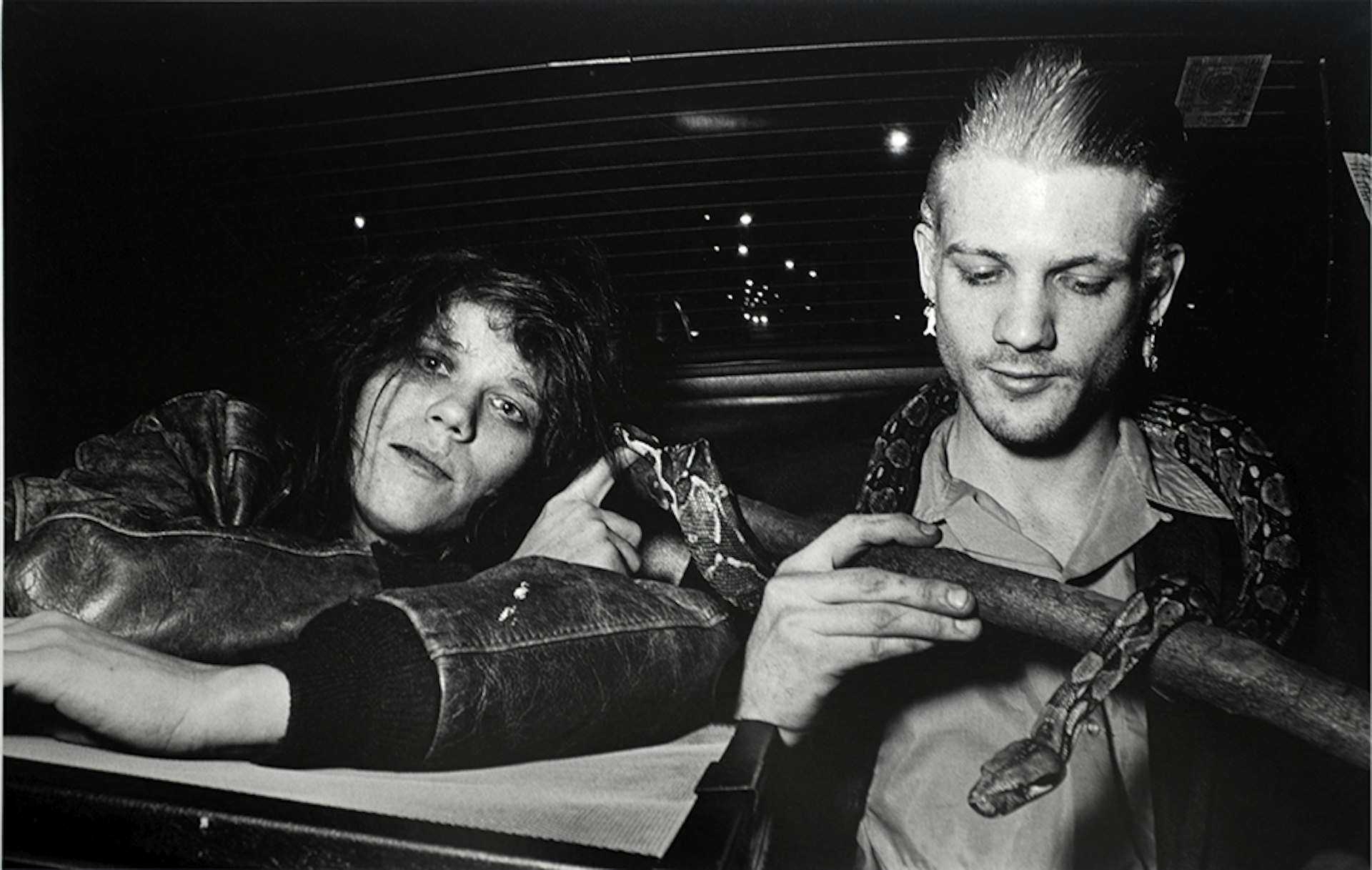
“I drove a Checker cab but I usually got the wrecks because I only drove three or four nights a week,” he remembers wistfully. “I spent the rest of the time in my darkroom, printing and developing film.”
The quintessential New York cabbie, with a wisecracking mouth and lead foot on the gas pedal, Weideman carefully covered the first three letters of his license so that only the letters ‘DEMAN’ were visible. When passengers entered the cab, he would proudly announce, “You’re riding with the Street Demon.”
“I was on the edge of my seat most of the time because I was caught up in the rush of the ride,” he recalls. Although the 12-hour shifts were gruelling, he never drank coffee or took drugs.
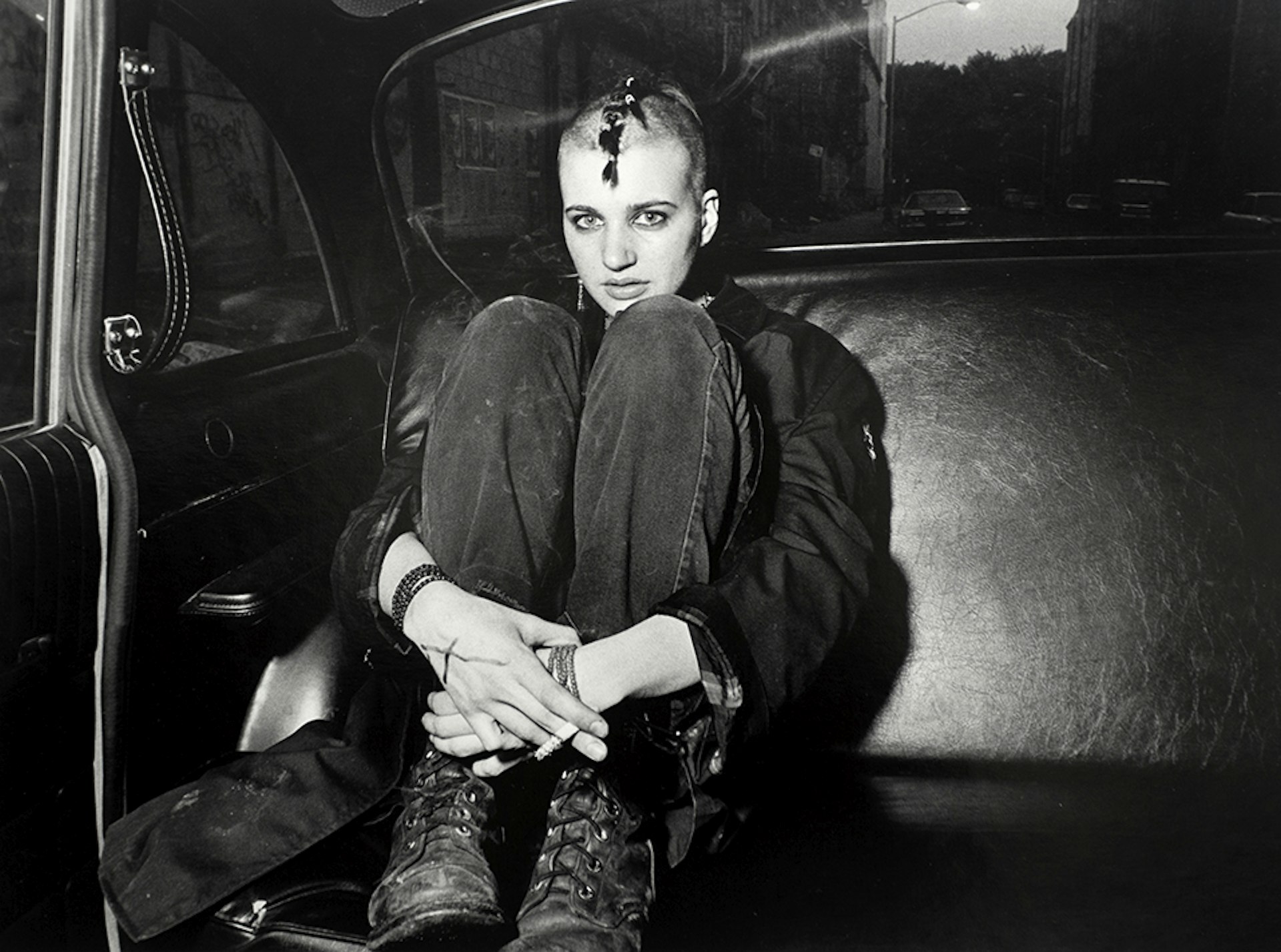
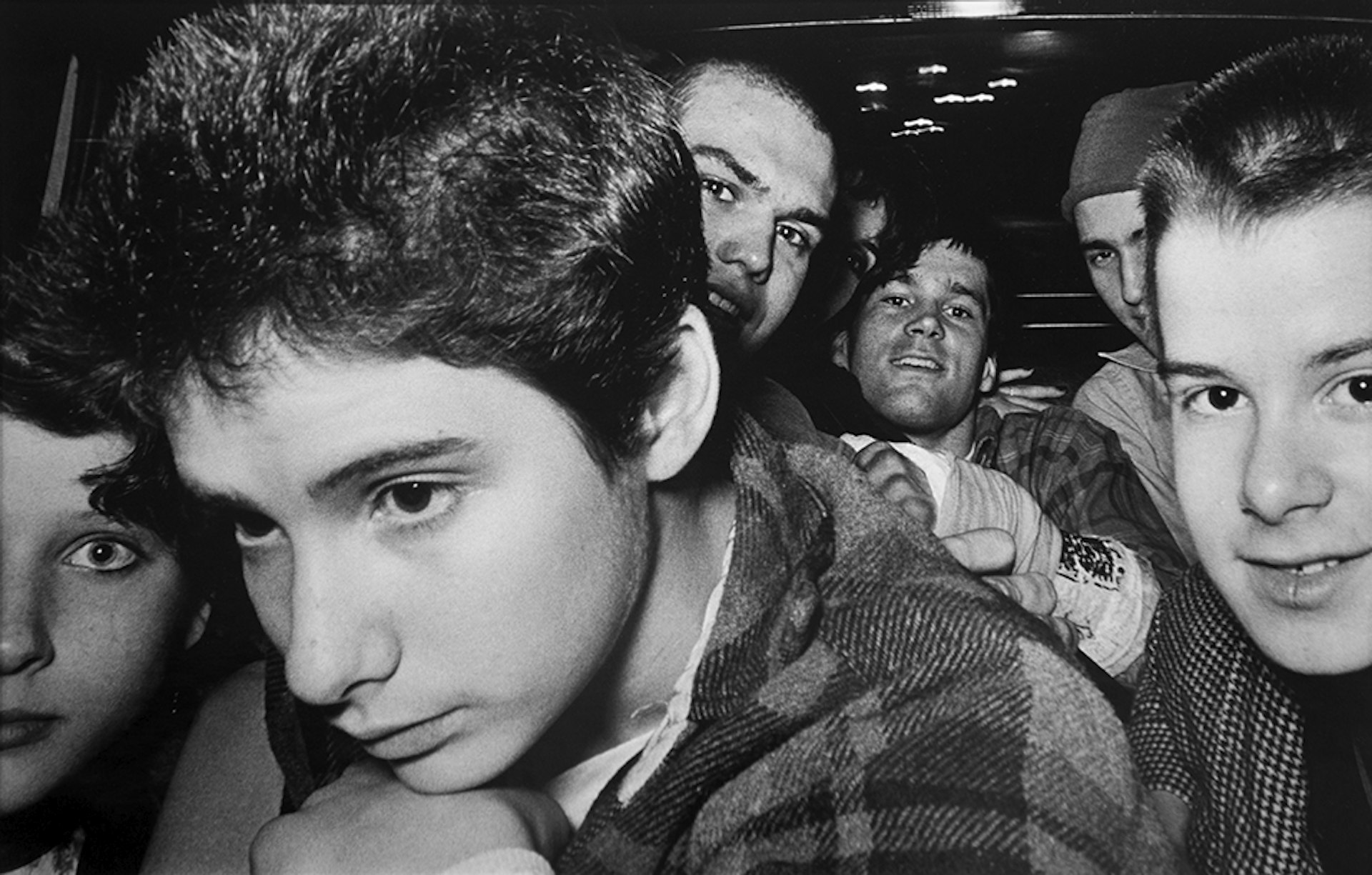
“It was all the adrenalin that flowed from my driving style. I enjoyed the thrill of driving and the sense of competitiveness. Some people really loved it; others were scared and wanted out so I would have to drop them off. Once in a while I would have a passenger that really enjoyed it. One guy jumped out of the cab and said, ‘My God, that was a religious experience!’”
He loved to go places he had never been with people he didn’t know – but that high never felt quite enough just by itself. Weideman needed some proof. So he took his camera and his strobe everywhere he went, photographing people on the ride of their life.
It all began about a week after he first started driving nights, when a Puerto Rican gentleman got into his cab one evening. “He had this small, stingy brim hat, a pencil moustache, and a suit and tie,” says Weideman.
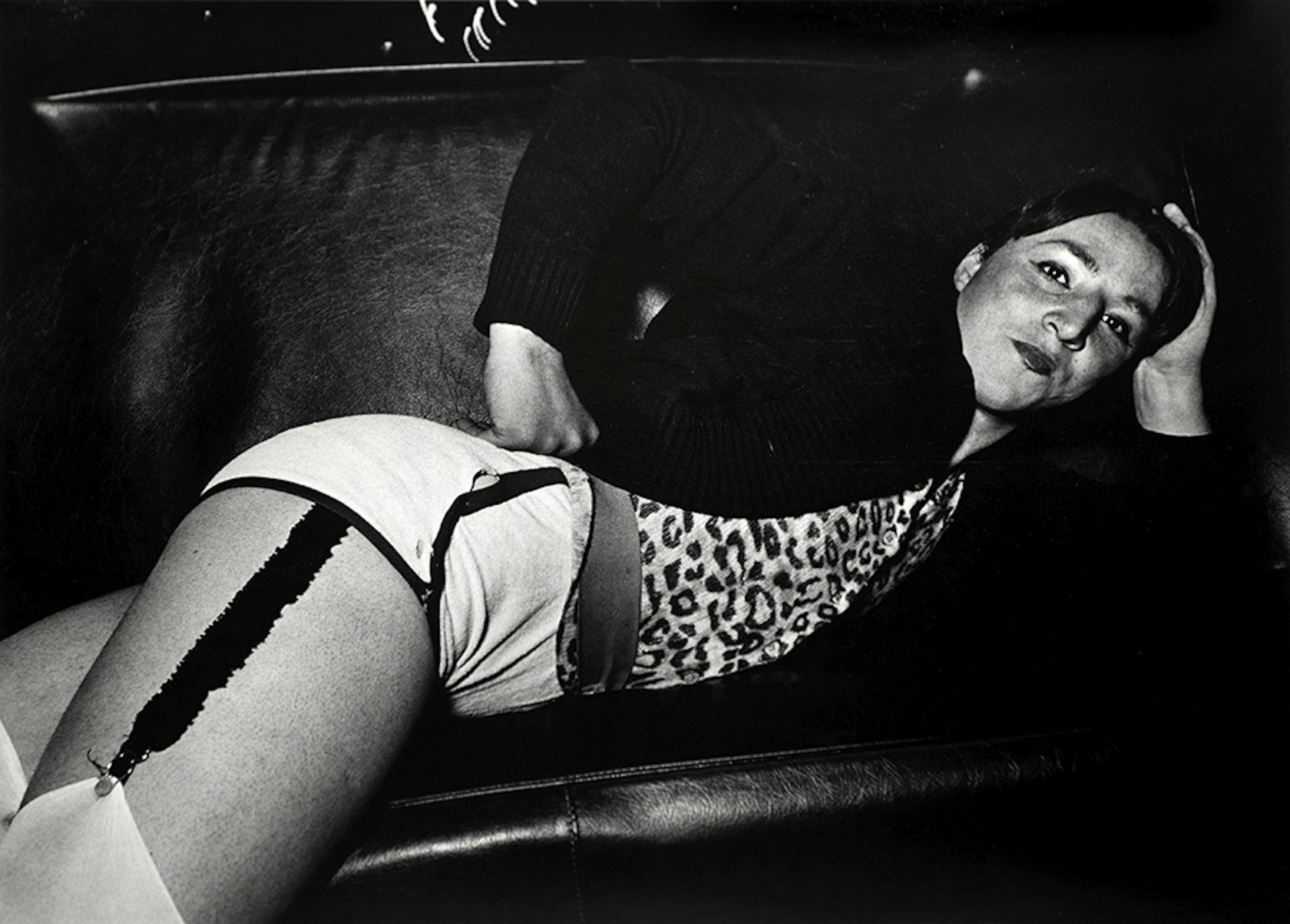
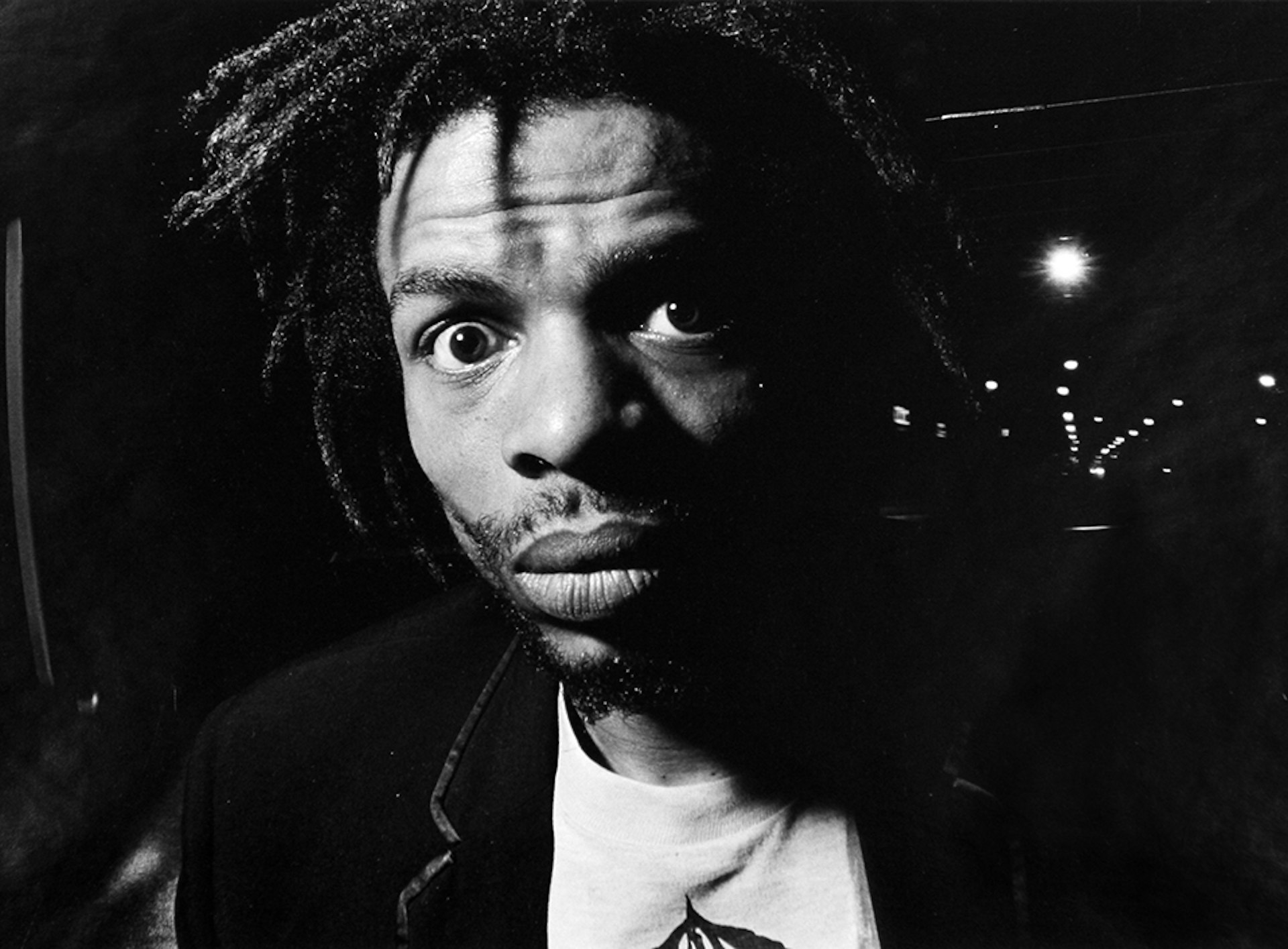
“I was kind of nervous at first because I was thrilled and taken aback by his presence and his look. I turned around and asked him – I was a bit hesitant – if I could photograph him and he said, ‘Yes.’
“From that moment, I knew that it was out there. I could feel it. This is where I wanted to be. I used to call my shift, ‘The Weegee Hours of the Morning.’ That’s when things would really start to pop,” he says, laughing as he recalls stories that span three decades of New York history.
The night would begin even before Weideman hit the streets. “I would have my camera in hand, walking down the hall, out the front door, because I knew that anything could happen – even right on the stoop. The front doors of the building were always open, so people could walk right in and they’d be in the foyer, doing just about whatever they wanted. I felt at home.”
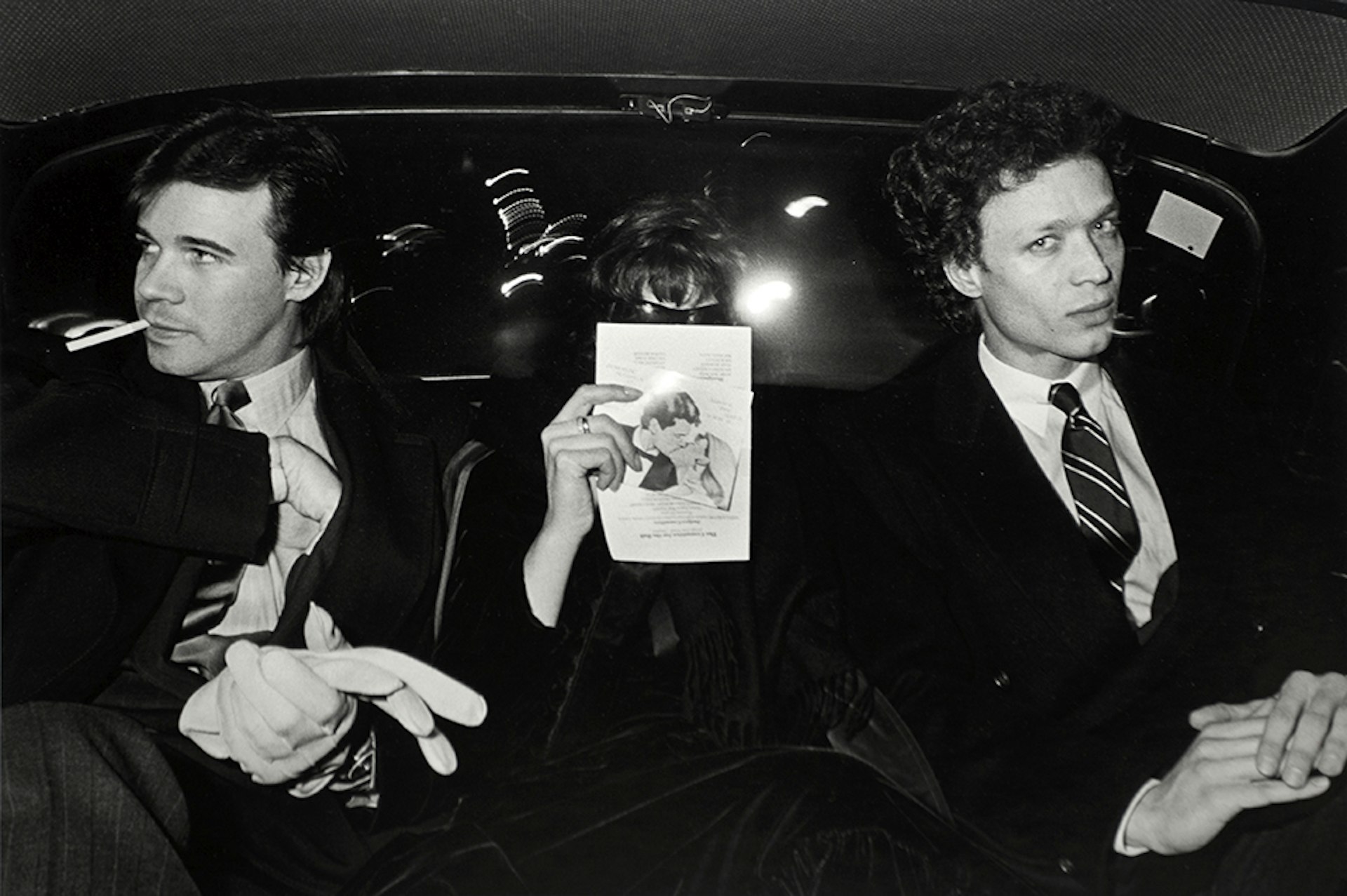
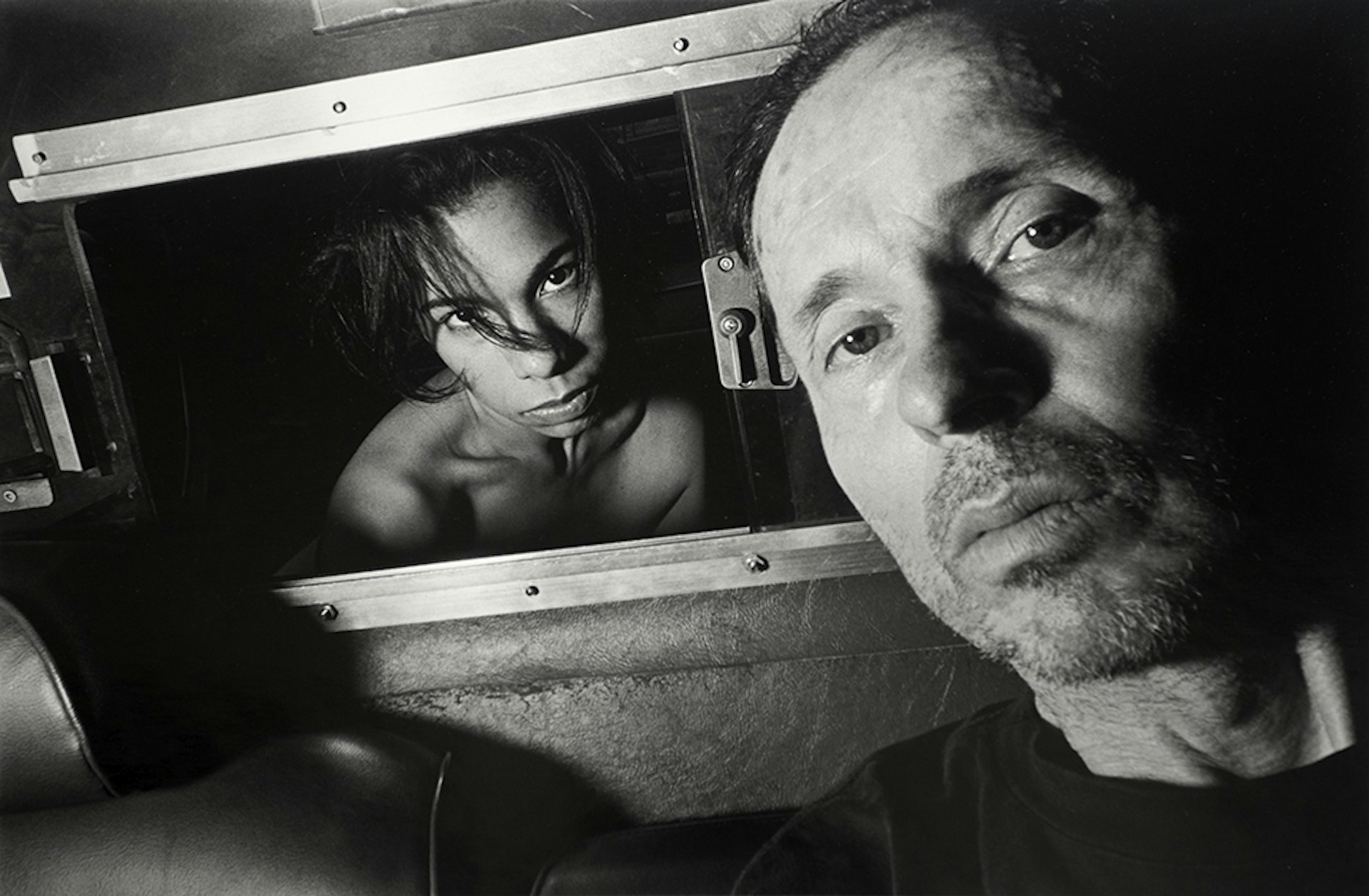
Since that feeling of ease accompanied Weideman everywhere he went, anyone who entered his cab was treated like family. These fleeting encounters were captured in the 1993 monograph, In My Taxi: New York After Hours, published by Running Press; the book has since become a collector’s item, selling at over £1,200 on Amazon.
“I was always pretty welcoming. I wanted to have a fare, to keep the meter running, and go to some new, unknown adventurous place. It was all an exciting adventure – and people very rarely said no to being photographed.”
After the first six or seven years, Weideman realised he wanted to join in the fun and started taking self-portraits with his passengers – decades before the selfie.
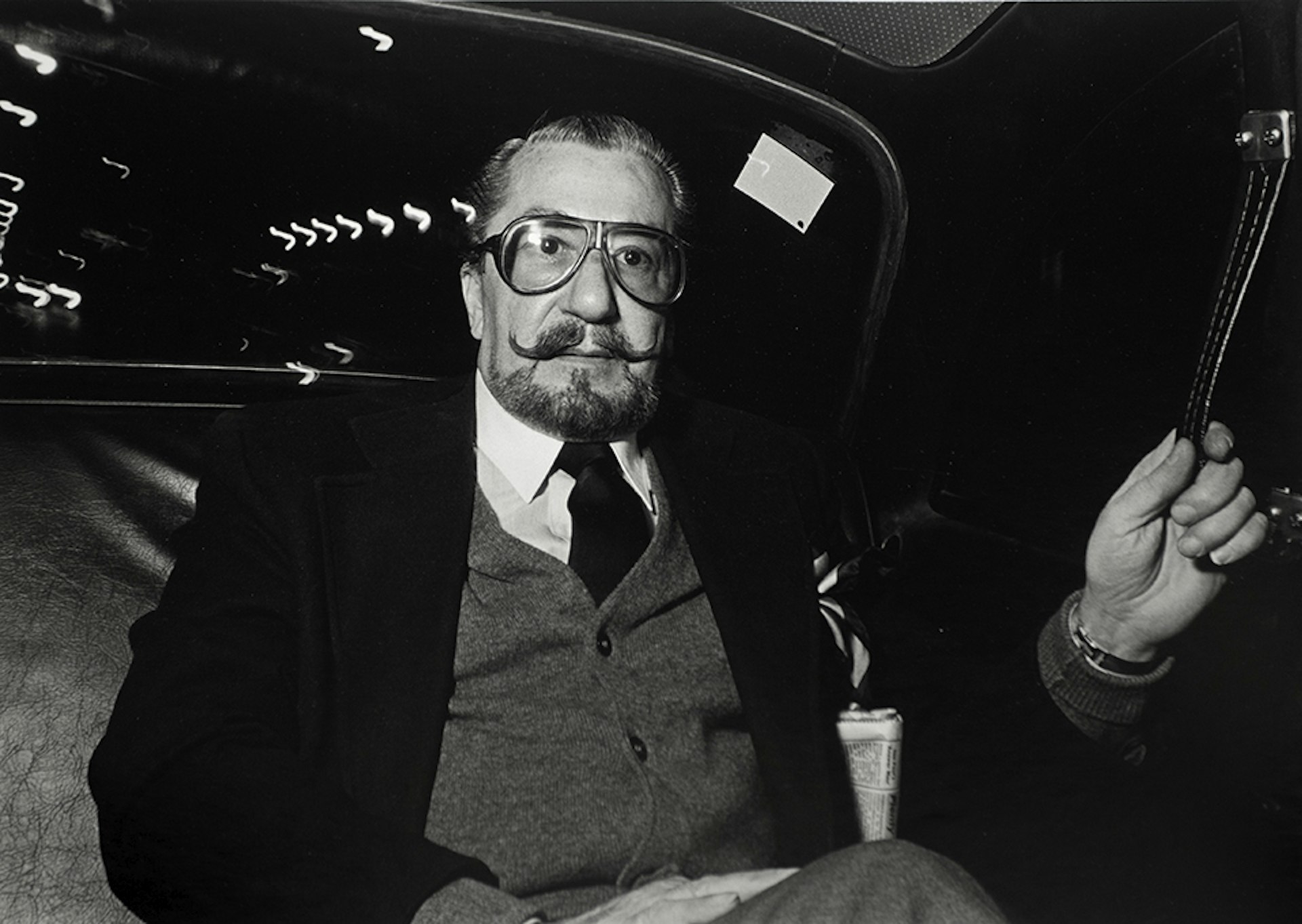
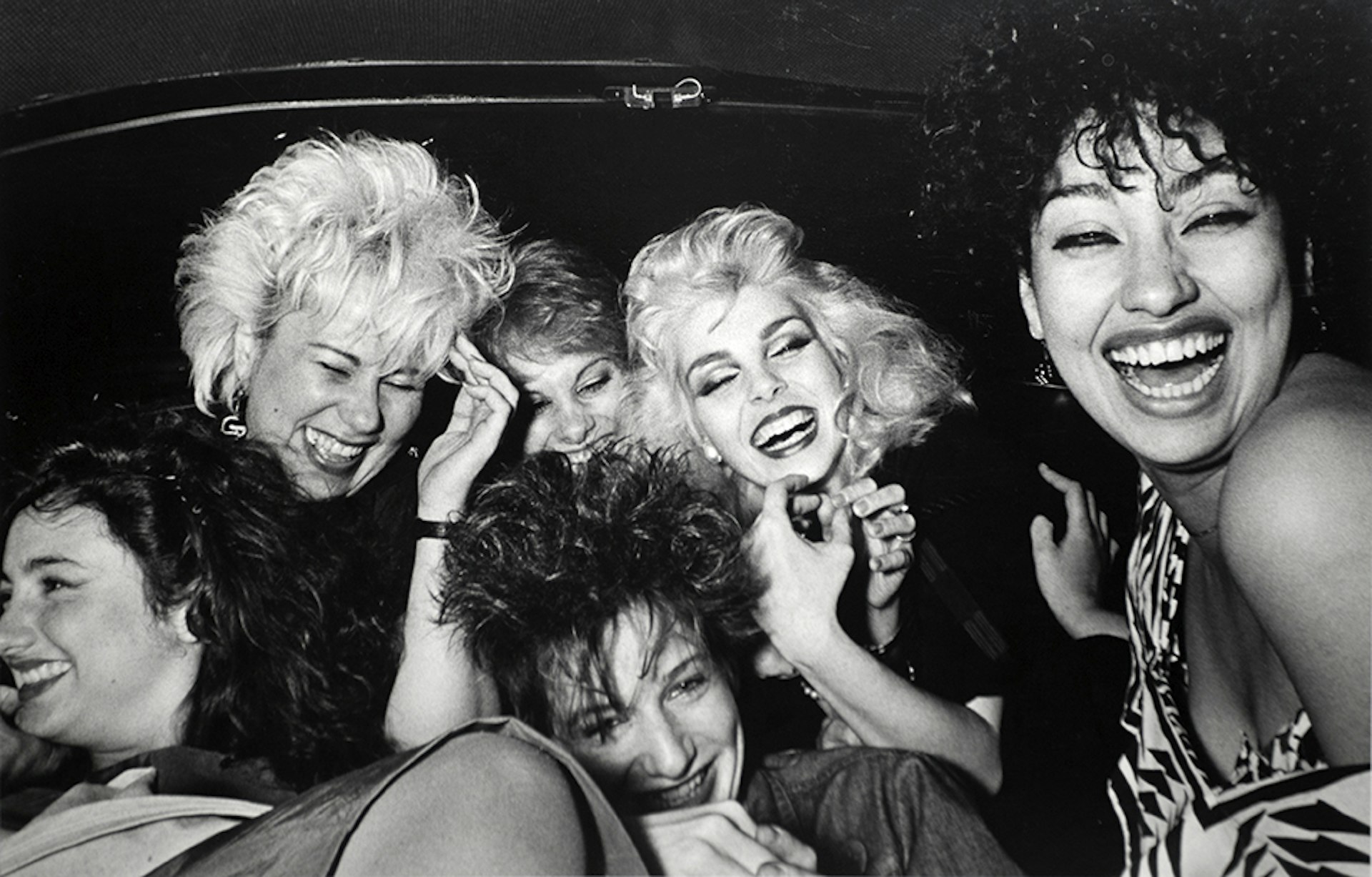
“I was part of the scene and wanted to include myself in the pictures – it’s a form of crashing the party,” he says, laughing. “I liked the way I looked photographed and I wanted to fit myself in with these total strangers that I’m getting to know quite instantaneously to some degree. These moments are still with me. I was living in paradise. Here I am in a short ride in a fast machine.”
Sometimes his trips took an unexpected turn. One day, a friend told him about a small-press book fair in midtown. As an aspiring author himself, Weideman decided to check it out. When he arrived, he immediately spotted poet Allen Ginsberg at one of the tables.
“I introduced myself and asked if he could write a foreword to my book. It was late in the day and Ginsberg was stressed. He said, ‘I’m caught up in too much fame and success and would be unable to!’”
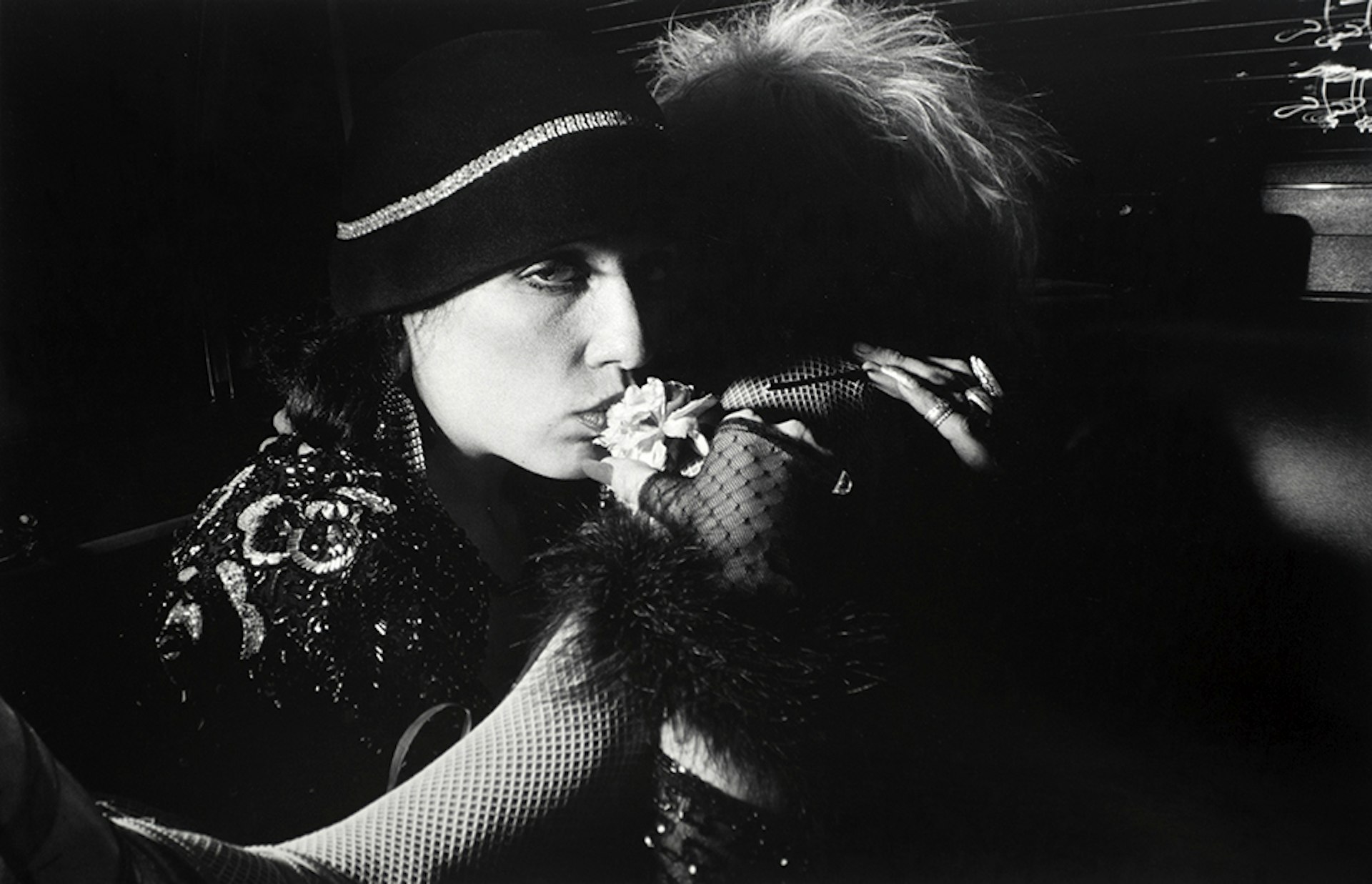
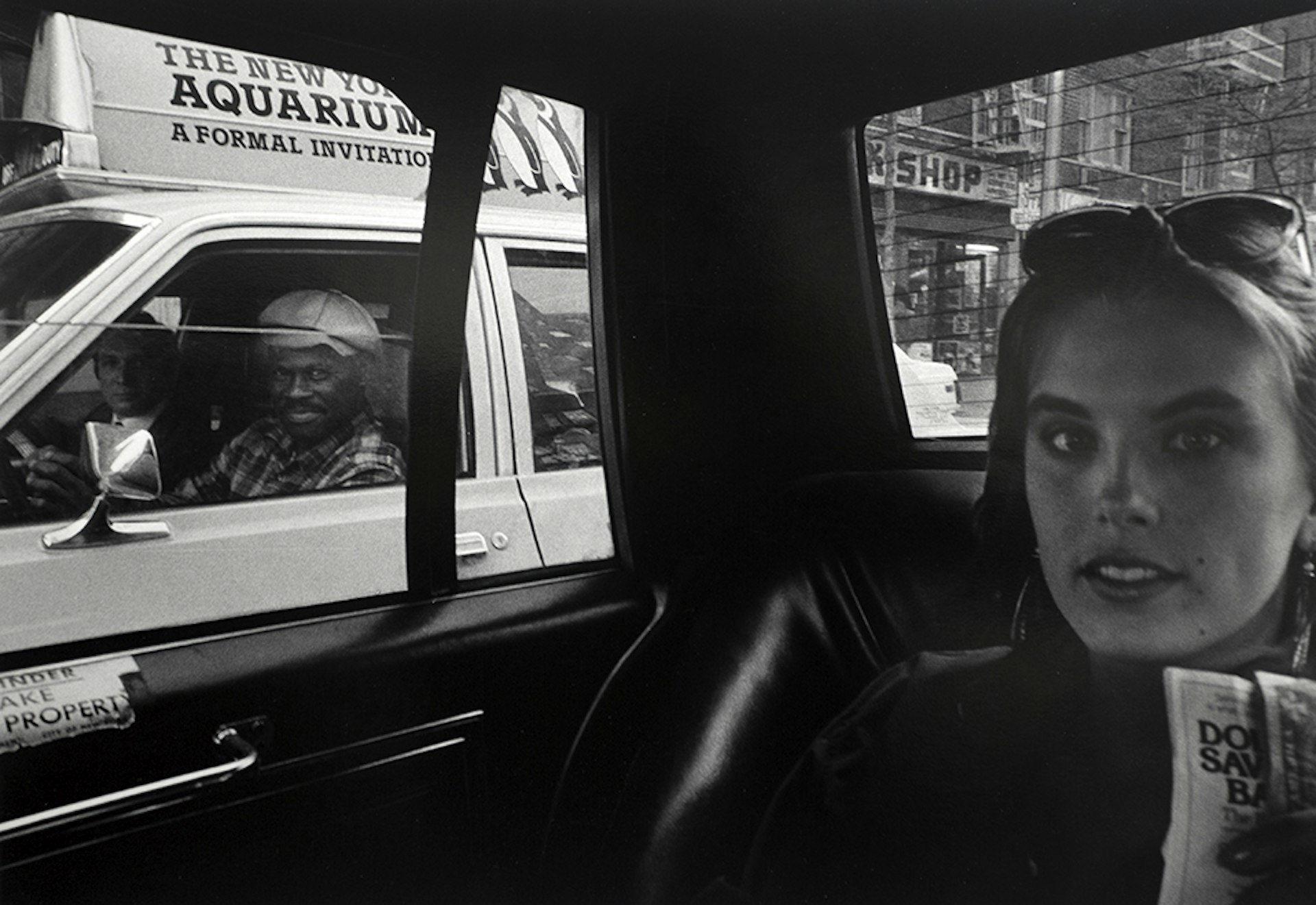
Weideman left, got into his cab, and drove away… before realising, “He’s going to be coming out so I better go back around. Who knows, maybe I can get lucky.”
He drove back to the fair and sat outside until Ginsberg came out. Weideman flagged him down and the poet got in. “I showed him my book maquette while driving him home,” he remembers.
After they reached the destination, Ginsberg asked for the receipt tape from the meter. Weideman handed it to him and waited a few minutes while Ginsberg set pen to paper.
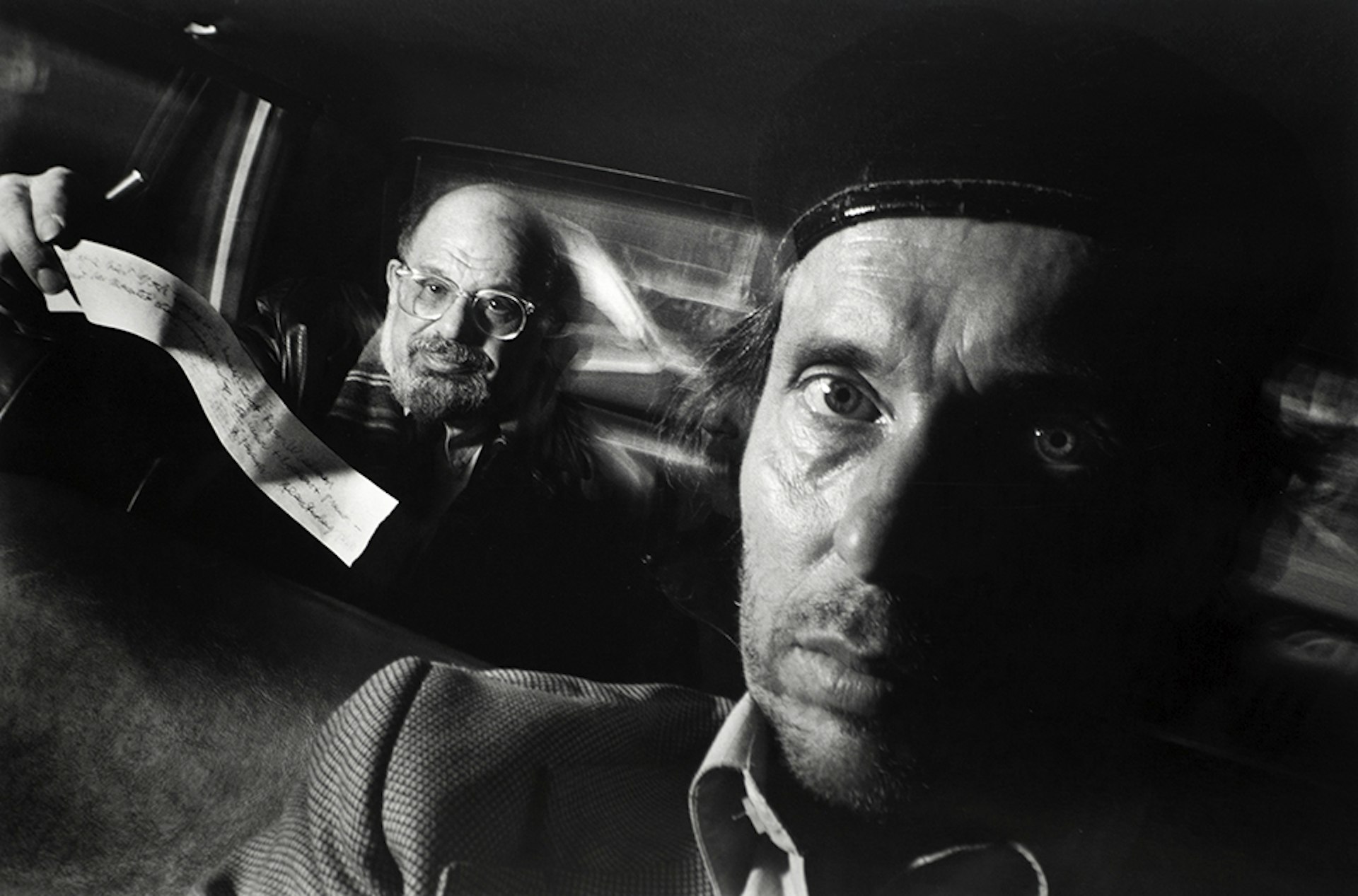
With Allen Ginsberg.
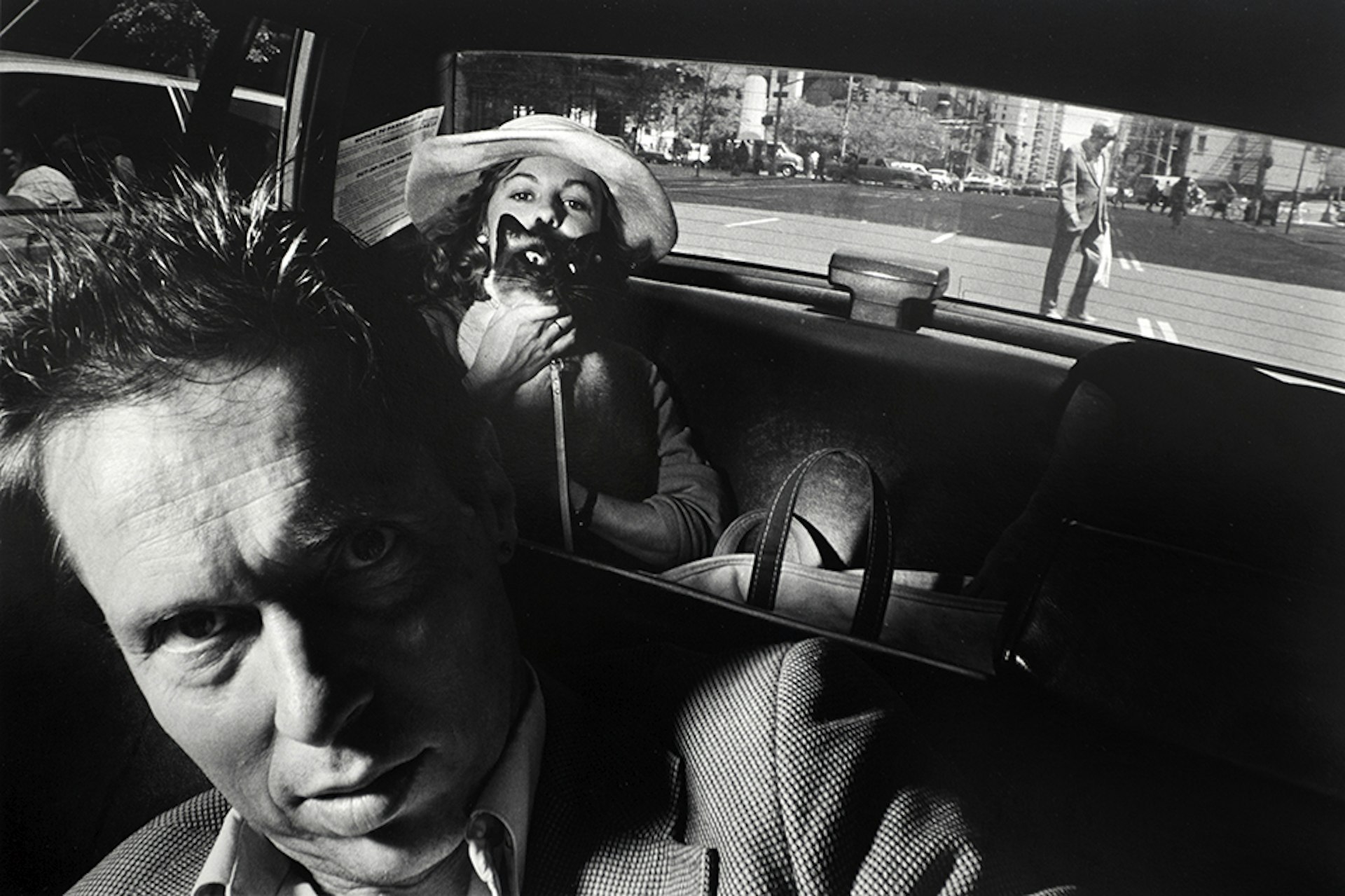
“He wrote me a poem; I still have it,” Weideman says with pride. “Then I did a self-portrait with him and he also took a photo of me. I printed them and found one that came out beautifully. It’s like a fortune cookie.”
Weideman was always open to fate: once the cab door opened, anything was possible. But he also steered his own course, applying a firm do-it-yourself attitude to his life behind the lens. “That’s what photography is all about!” he exclaims.
“You have to learn it yourself. Go out and shoot a roll or two; make prints, then stick them on the wall and do constructive criticism. You go to museums and galleries, you see shows, you look at magazines, you do some reading but you do more looking. That’s how you do photography.”
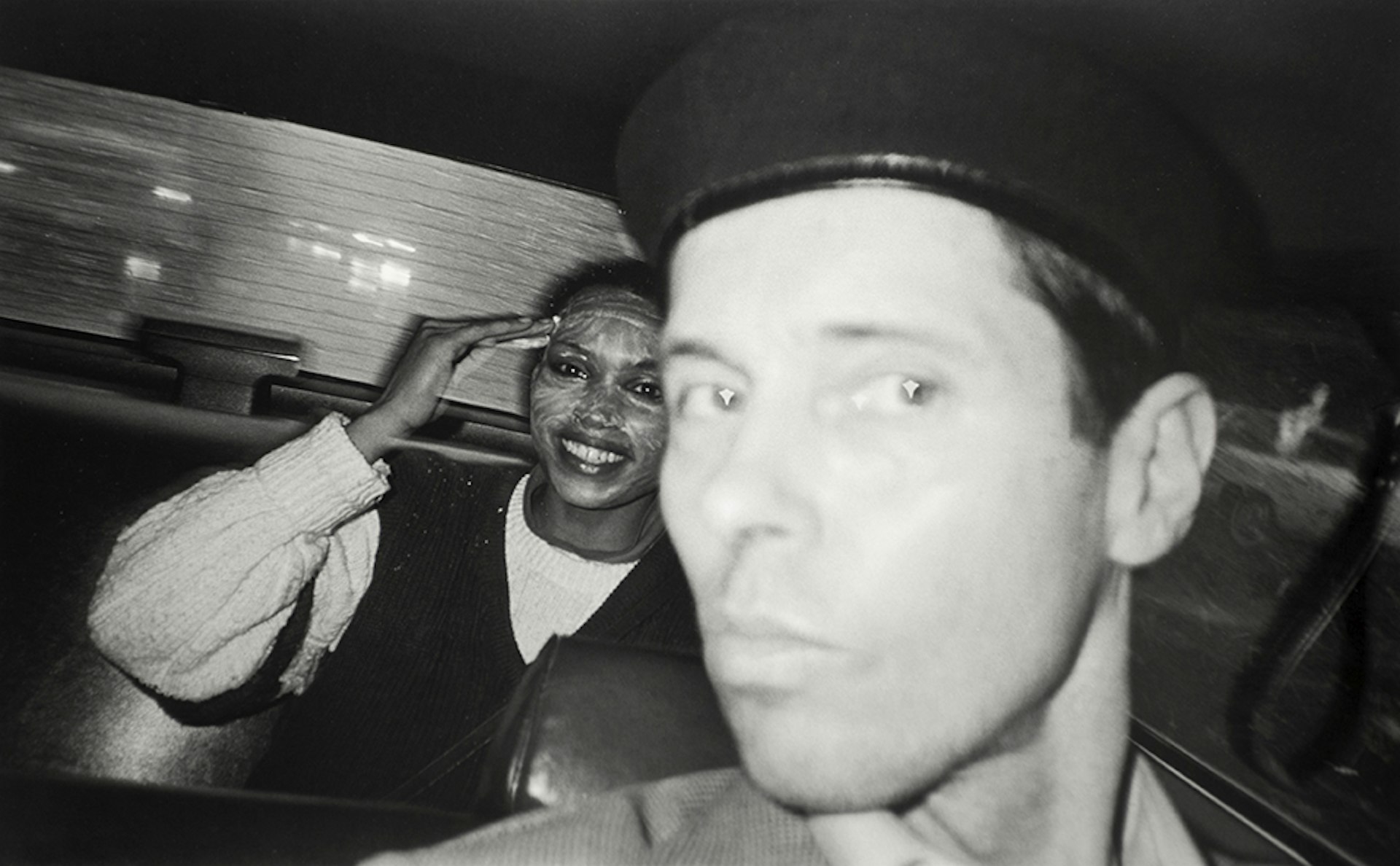
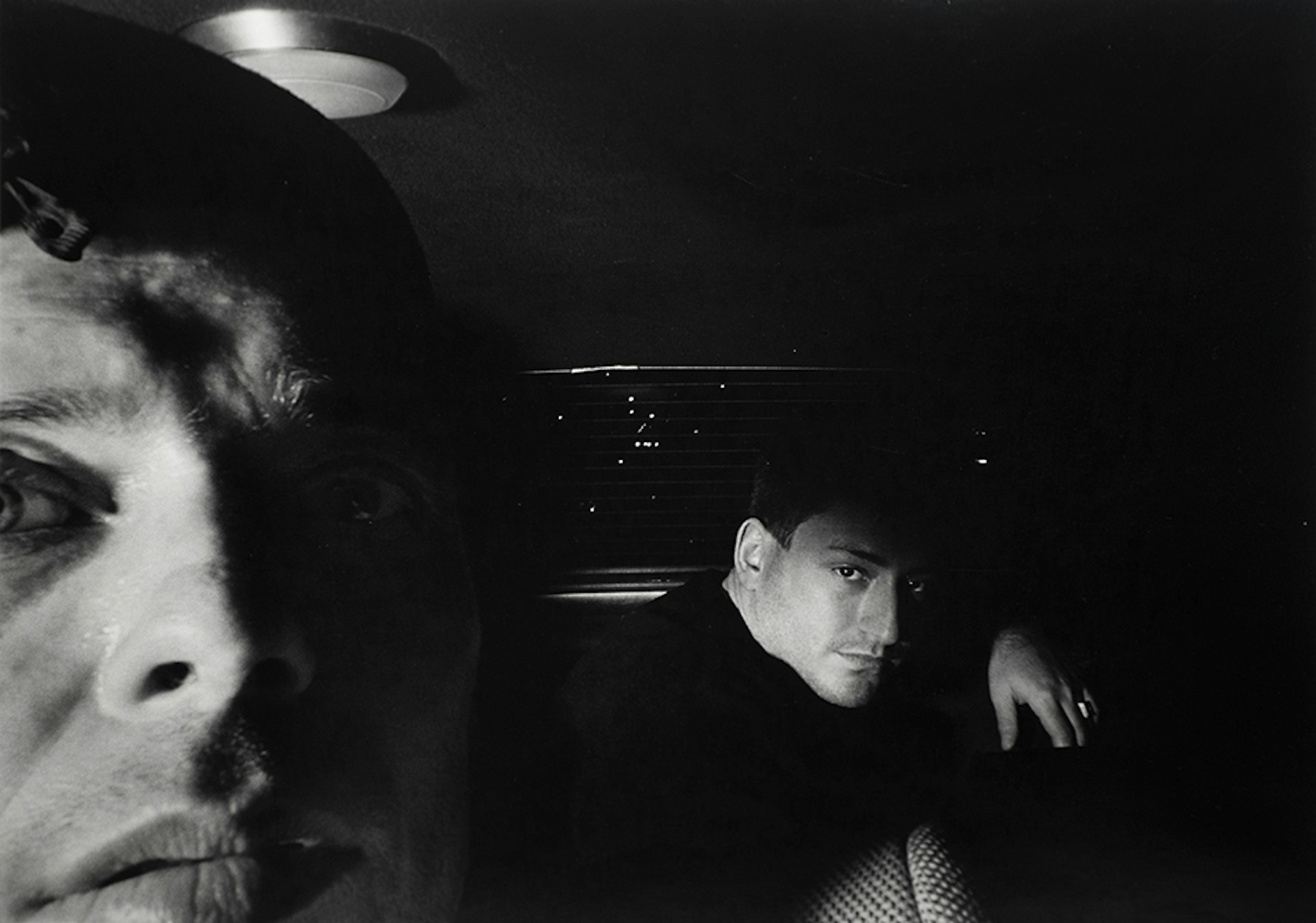
Today, aged 77 and still living in the same apartment just beside ‘The Deuce’, Weideman is in a reflective phase of life. He only stopped driving cabs in 2016. Now, he’s working on two books – “not only taxis but taxi driver portraits” – and is keen to immortalise his experiences in print.
“I’ve been trying to get a plan together to write. That’s what it’s about: stories!” he says, before singing a little ditty: “I heard eight million stories! Stories! I picked up everybody in New York at least once so I heard eight million stories! Stories!”
And there’s one tall tale that stands out above the rest. One day, a long skinny guy in plaid trousers and matching plaid jacket got into his cab. Weideman looked over at the taxi next to him and the driver started grinning knowingly and shaking his head.
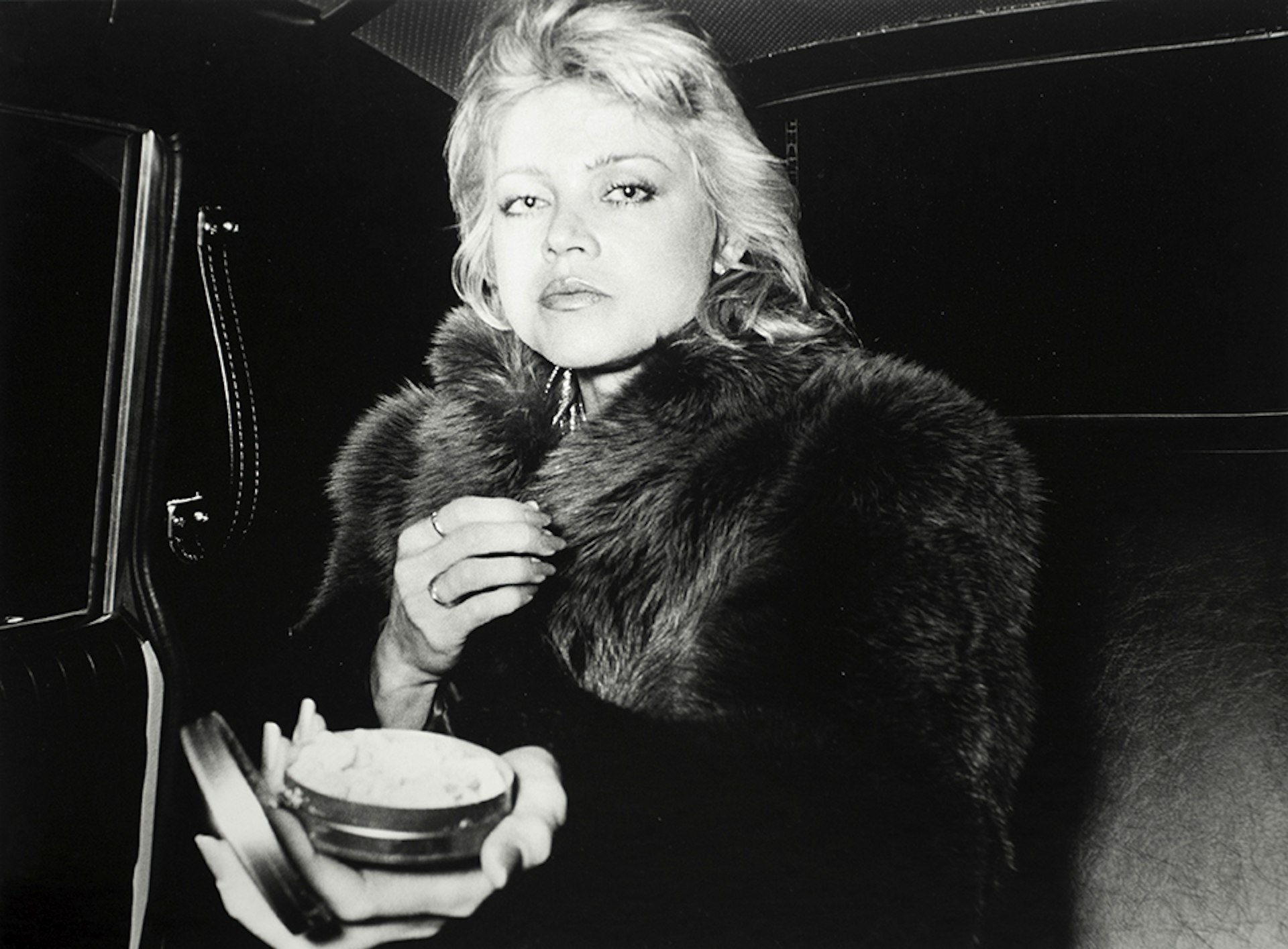

As Weideman drove his passenger uptown to Harlem, they chatted at length. Then the man in plaid told him, “Hey, I was going to rob you – but you’re a nice guy.”
When they got to the destination, the passenger paid and got out. “He started to walk away and I yelled, ‘Hey buddy, you didn’t tip me!’ So he turned around, came back, and gave me a tip,” Weideman says with pride.
“I wasn’t afraid of people. They could sense me. They knew who I was. You bring those things on yourself. I knew how to interact with people, make them feel like human beings and share some conversation, put myself at ease and them at ease. That’s part of getting the story.”
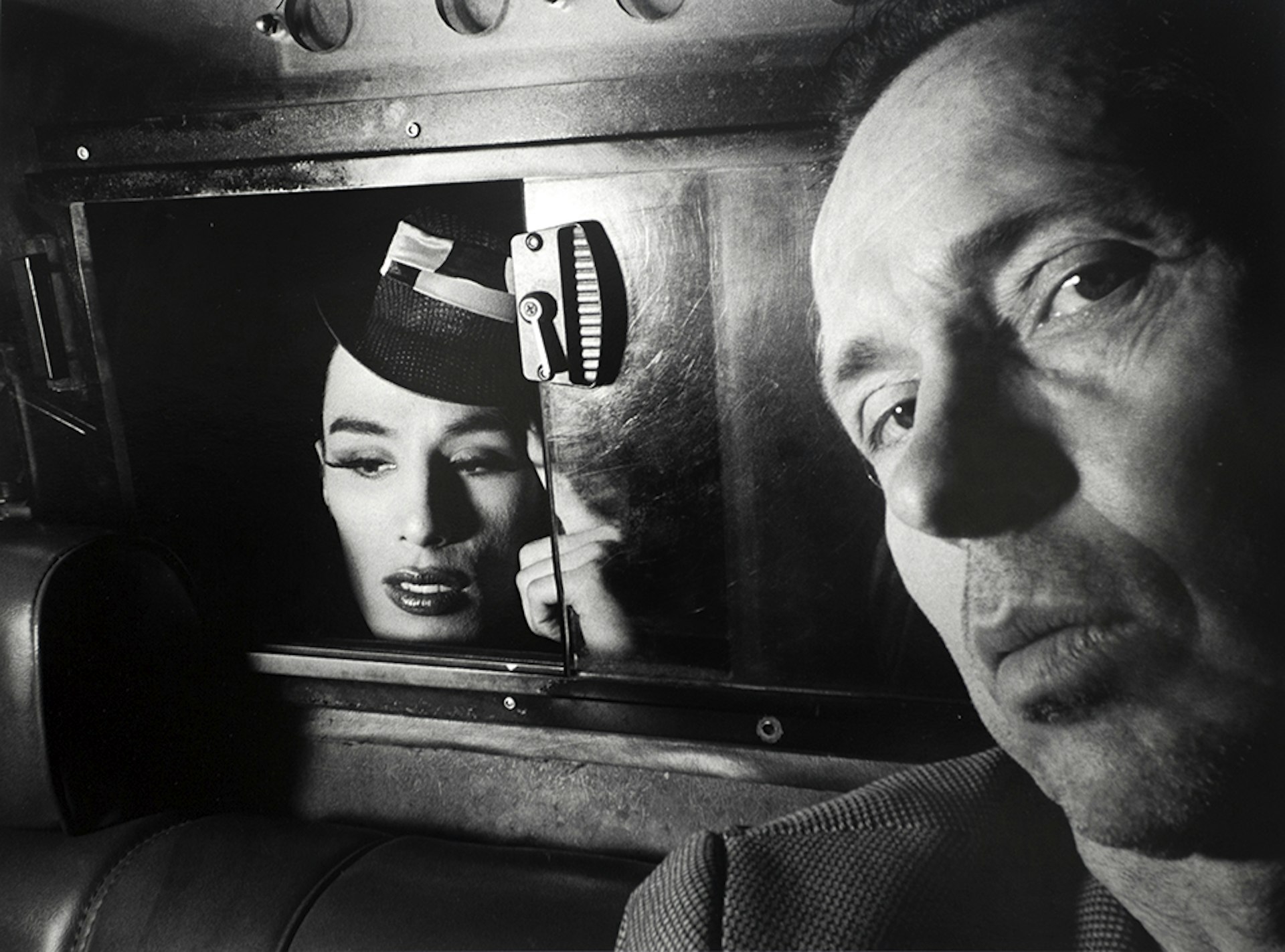
Courtesy Bruce Silverstein Gallery, New York.
This article appears in Huck 64 – The Journeys Issue. Buy it in the Huck Shop or subscribe to make sure you never miss another issue.
